
7 Psychological Triggers in PLG SaaS Conversion

by
Wiktoria Slowikowska
Nov 20, 2024
Identify and convert your most valuable users
Sign Up
7 Psychological Triggers in Product-Led Growth (PLG) Conversion
Product-Led Growth (PLG) shifts the focus from traditional sales-driven strategies to a product-first approach, where the product itself is the primary driver of acquisition, conversion, and retention. But even in PLG, understanding the psychology behind user behavior can be very powerful. By tapping into psychological triggers, you can create experiences that naturally guide users toward conversion.
Let’s delve into these powerful psychological principles and how they can enhance PLG conversion rates.
1. FOMO (Fear of Missing Out)
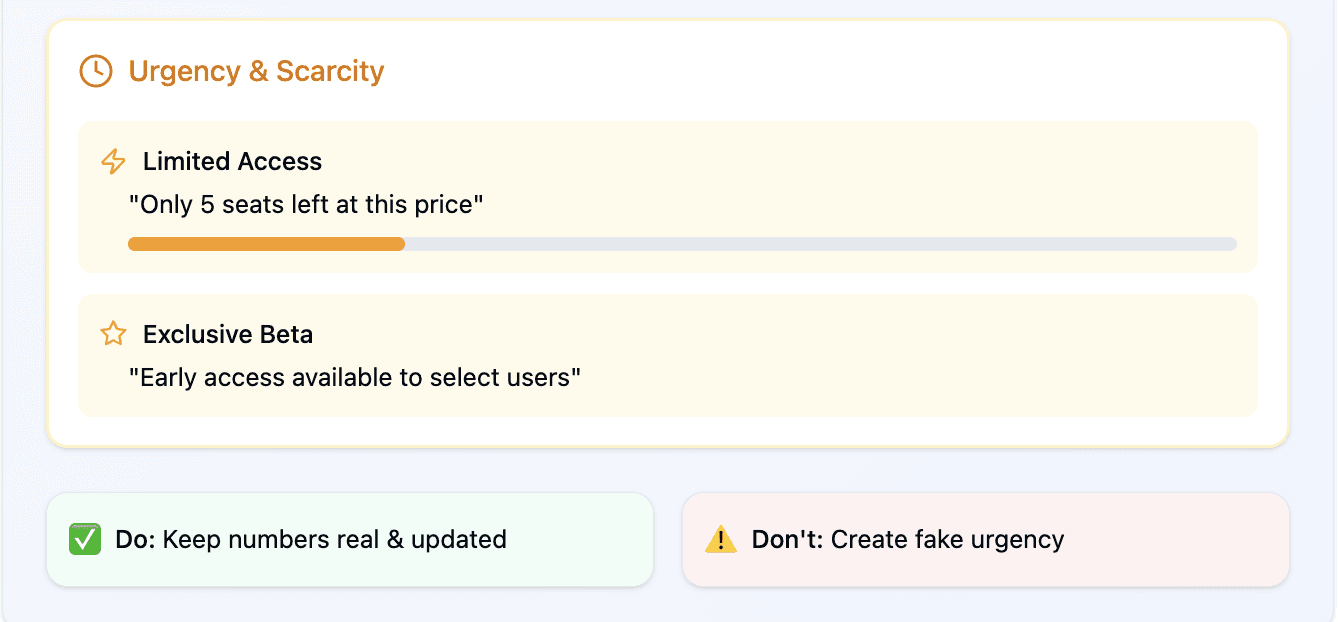
Fear of missing out is a deeply ingrained psychological trigger. It’s the anxiety users feel when they believe they’re being left out of an exclusive or beneficial opportunity. In a PLG strategy, you can leverage FOMO by highlighting features, milestones, or limited-time benefits. For instance, when users see messaging like, "Join over 50,000 teams already boosting productivity with our tool," it creates a sense of urgency and belonging.
You can also emphasize limited availability, such as early access to new features or beta programs. An onboarding message that says, "This feature is available to a select few—try it now," taps into the user’s desire not to be left behind. Adding a real-time element, like "Only 5 seats left for this plan," can further amplify this trigger.
2. Social Proof

Humans are inherently social creatures, and we often look to others for validation. Social proof—the idea that if others are doing it, it must be good—is one of the most potent psychological triggers for PLG conversion. Showcasing user testimonials, reviews, and case studies can build trust and credibility.
For example, within your product interface, you can display, "10,000+ teams trust us for seamless project management." This provides assurance to new users that the product has been validated by others. Real-time social proof, like showing recent sign-ups ("Anna from Seattle just upgraded!") or usage stats ("Teams in 90+ countries use this tool"), can nudge hesitant users toward conversion by reinforcing the popularity and effectiveness of the product.
3. Reciprocity
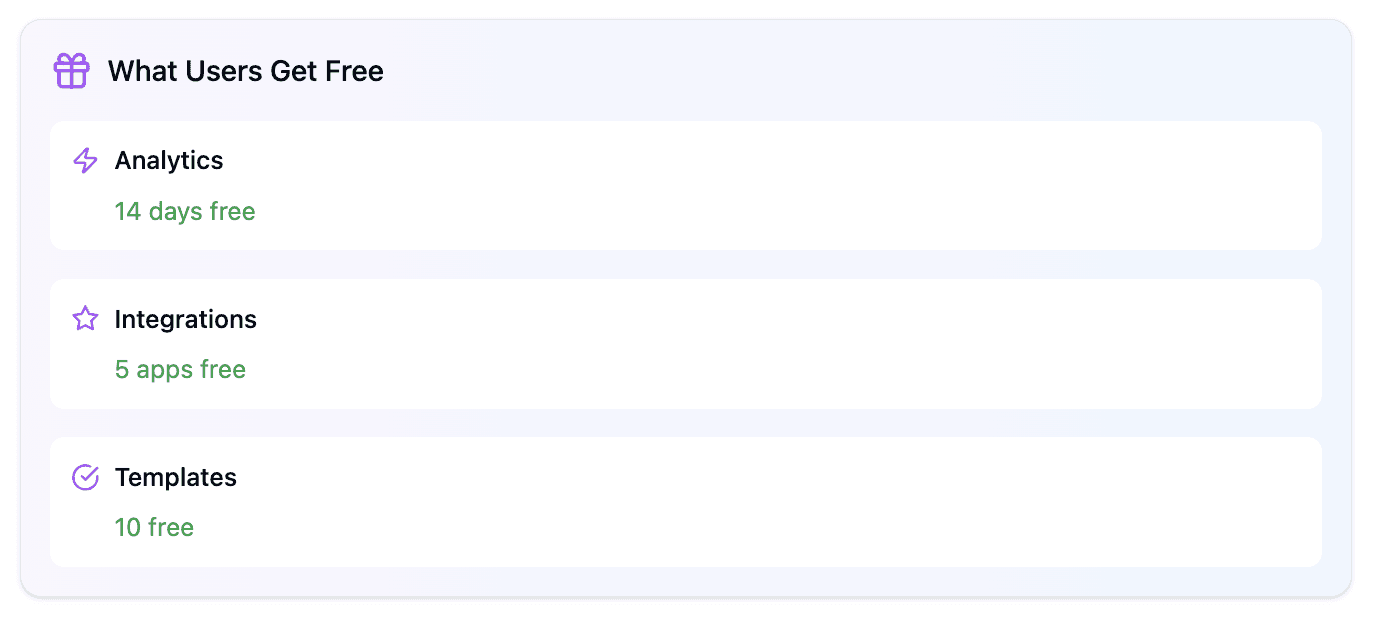
Reciprocity is the psychological principle that people feel compelled to give back when they receive something of value. In PLG, this principle is at the heart of freemium models and free trials. When you give users free access to powerful features upfront, they feel a sense of gratitude and are more likely to upgrade to a paid plan.
For instance, a SaaS platform that offers a free trial with no commitment but delivers significant value—like actionable insights or seamless integrations—establishes goodwill. When users see how much they’ve gained without spending anything, they’re more likely to reciprocate by investing in the product. Subtle reminders like, "You've unlocked premium analytics for free—keep this feature by upgrading," gently encourage users to take the next step.
4. Loss Aversion
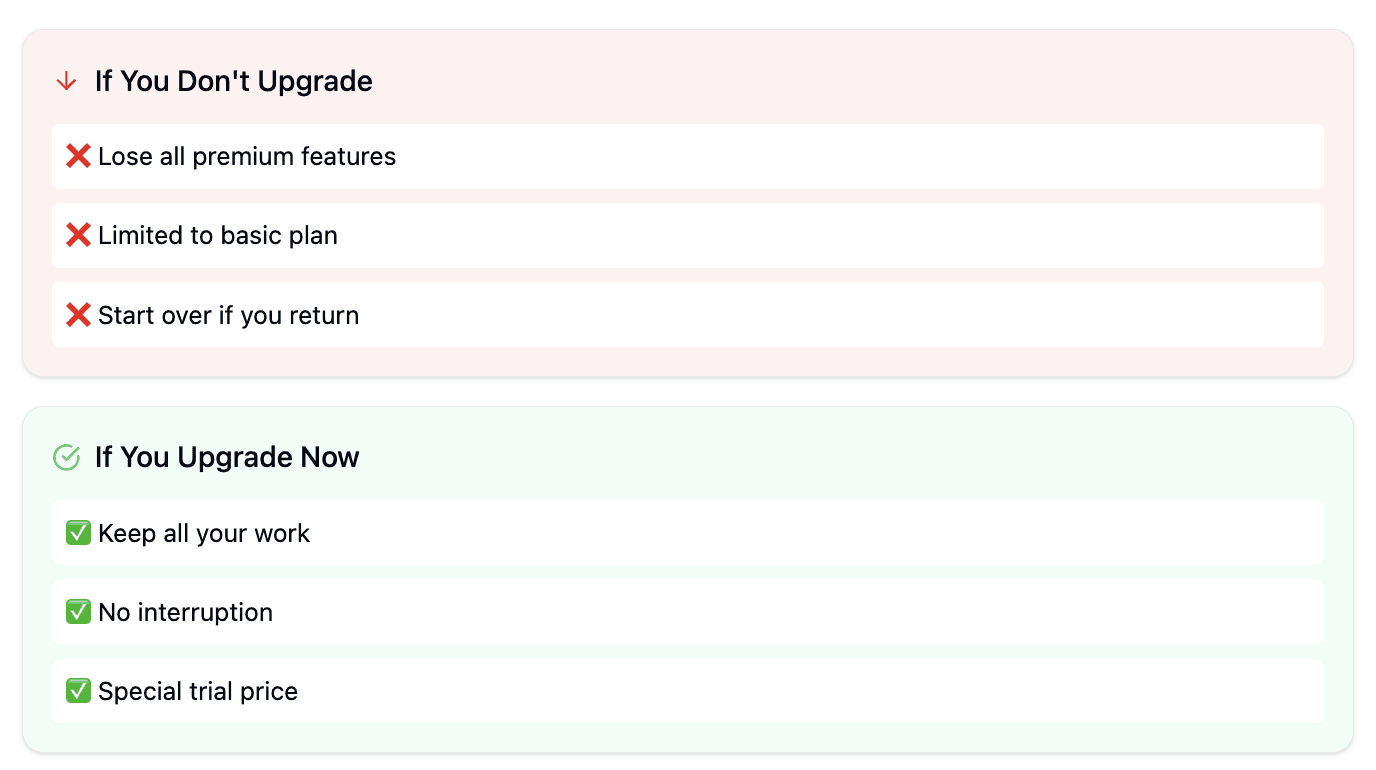
Loss aversion is the tendency for people to prefer avoiding losses over acquiring equivalent gains. In the context of PLG, this means users are more likely to convert when they feel they’re about to lose something valuable.
For example, during the final days of a free trial, reminding users what they’ll lose if they don’t upgrade—such as advanced reporting, priority support, or collaboration features—can trigger a sense of urgency. A message like, "Your access to premium features ends in 2 days. Don’t lose your progress—upgrade now," leverages loss aversion effectively. You can also highlight what existing users have gained, subtly reminding free users of what they’re missing out on by staying on the basic plan.
5. Ease of Use and Instant Gratification
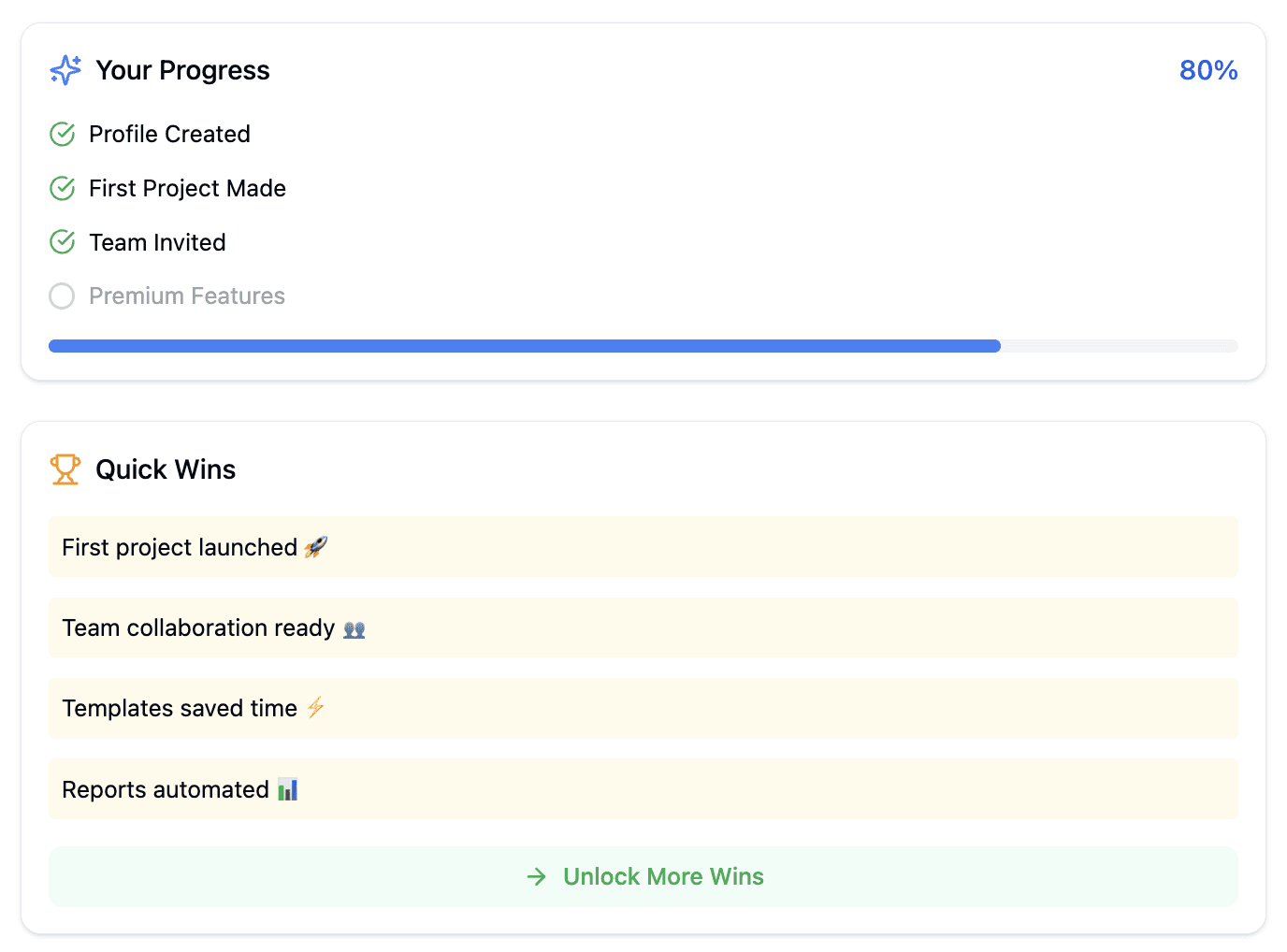
Users expect immediate results. When your product delivers instant wins, it satisfies the psychological need for gratification and encourages users to move forward in the journey.
This starts with a frictionless onboarding process. For example, showing users how quickly they can achieve a specific goal—like, "Set up your first project in under 5 minutes"—can reduce drop-off rates. Immediate value, such as pre-filled templates, quick-start guides, or product tours that highlight key benefits, keeps users engaged.
By ensuring the user journey is intuitive and rewarding from the start, you reduce barriers to adoption and make the decision to convert feel effortless. Reinforcing this with progress indicators or achievements ("You’ve completed 80% of your setup—unlock premium to finish optimizing") keeps the momentum going.
6. Authority and Trust
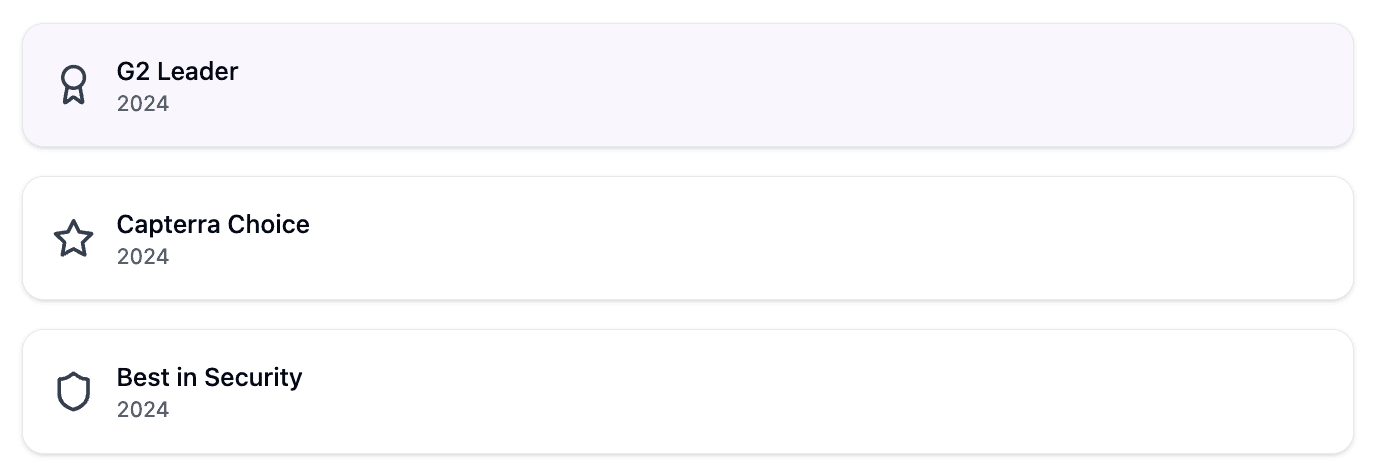
People are more likely to trust and follow recommendations from perceived authorities. In PLG, you can build authority by showcasing endorsements from industry leaders, partnerships with trusted brands, or awards your product has won.
For example, highlighting badges like "G2 Crowd Leader 2024" or "Top Rated on Capterra" builds confidence in your product’s quality. User testimonials from recognizable companies or thought leaders in your industry also establish credibility. A message like, "Used by Fortune 500 companies and startups alike," reinforces the idea that your product is a reliable choice across the board.
7. The Endowment Effect
The endowment effect is the psychological phenomenon where people value something more once they’ve invested time or effort into it. In PLG, you can use this by encouraging users to set up and personalize their accounts.
For instance, when a user customizes their dashboard, uploads data, or integrates other tools, they feel a sense of ownership over the product. This makes them more likely to convert, as they’ve already put in the effort to make the product work for them. Automated prompts like, "Your account is 80% complete—unlock all features to make the most of it," capitalize on this trigger.
Wrapping Up
Psychological triggers are powerful tools for enhancing PLG conversion rates. By understanding how users think and what motivates them, you can create experiences that feel natural and rewarding. FOMO, social proof, reciprocity, loss aversion, ease of use, authority, and the endowment effect are just a few ways to tap into user psychology to boost conversion.
Incorporating these triggers into your PLG strategy doesn’t just improve metrics—it creates a user experience that feels intuitive and compelling. And in the world of SaaS, where competition is fierce, leveraging the power of psychology could be the key to standing out and driving sustained growth.





